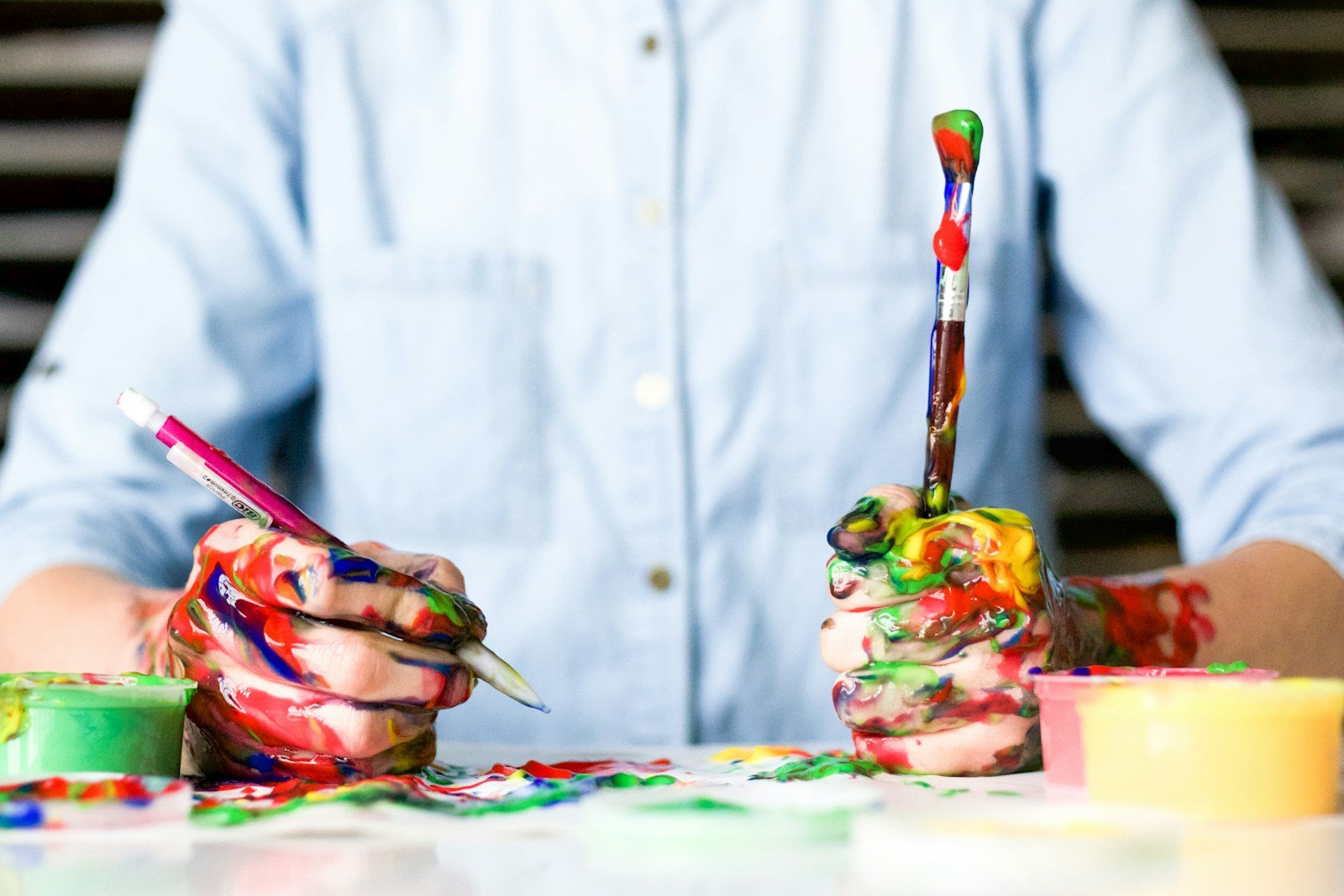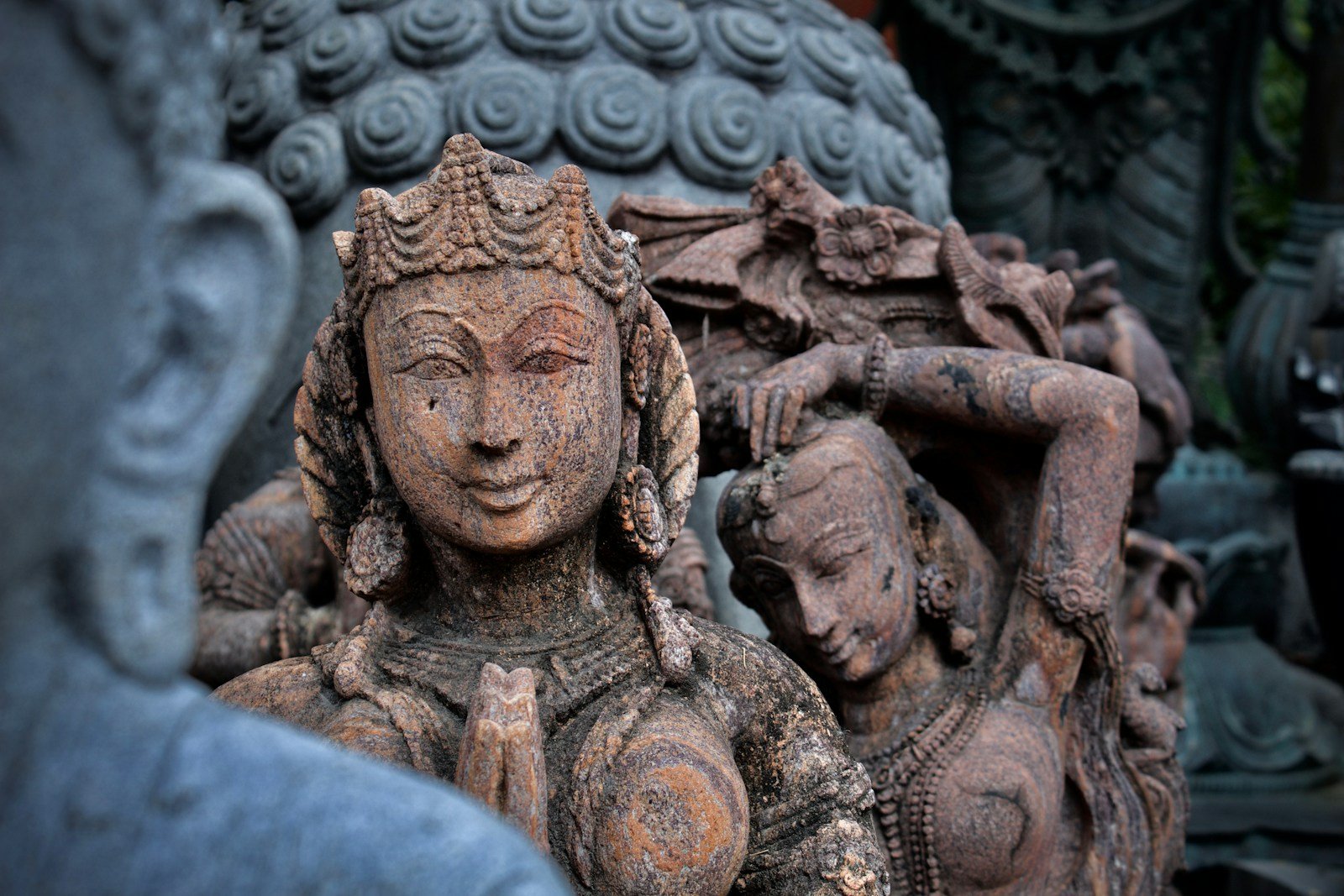Traditional art forms hold a significant place in the cultural tapestry of societies around the world.
These art forms serve as a reflection of a community’s history, values, and beliefs, providing a tangible link to the past that is essential for understanding our shared human experience. Through traditional art, generations can communicate and connect with one another, passing down knowledge and heritage in a way that transcends words.
Moreover, traditional art forms play a crucial role in fostering a sense of identity and pride within communities. By celebrating and preserving these artistic practices, individuals are able to honor their roots and cultural lineage, reinforcing a sense of belonging and unity. This appreciation for traditional art also helps to maintain a rich and diverse artistic landscape, offering unique perspectives and insights that enrich our collective artistic heritage.
Challenges Facing the Preservation of Cultural Heritage
Preserving cultural heritage poses numerous challenges in today’s rapidly evolving world. One of the main obstacles is balancing the need for innovation with the imperative to conserve traditional art forms. As modernization advances, there is a risk of overshadowing and diminishing the significance of age-old practices and artistic expressions.
Additionally, economic pressures and lack of funding present significant hurdles in maintaining and safeguarding cultural heritage. Limited financial resources often restrict the ability of organizations and individuals to undertake conservation efforts and ensure the longevity of traditional art forms. Without adequate support and investment, the rich tapestry of cultural heritage around the world is at risk of fading into obscurity.
Reviving Endangered Artistic Practices
In the face of dwindling numbers of practitioners and waning interest, the revival of endangered artistic practices has become a pressing concern in the realm of cultural preservation. Without proactive measures, these unique art forms risk fading into obscurity, depriving future generations of their rich history and significance. Initiatives aimed at reviving such practices often involve a combination of research, outreach, and educational programs to reignite interest and ensure their survival.
The resurgence of endangered artistic practices not only safeguards cultural heritage but also fosters a sense of identity and pride within the communities that uphold these traditions. By reviving these art forms, individuals are given the opportunity to connect with their roots, preserving a vital link to their past while propelling these traditions into the future. Through dedicated efforts and collaborations between artists, educators, and cultural institutions, these endangered practices can once again flourish and contribute to the vibrant tapestry of global artistic expression.
The Role of Technology in Preserving Traditional Art
Technology plays a crucial role in the preservation of traditional art by providing innovative solutions to various challenges. Digitization allows for the recording and archiving of traditional art forms, ensuring their longevity and accessibility to a wider audience. Through virtual exhibitions, online galleries, and digital archives, technology enables traditional art to transcend geographical boundaries and reach global audiences, thereby safeguarding these art forms for future generations.
Furthermore, advancements in virtual reality and augmented reality technologies offer immersive experiences that bring traditional art to life in new and interactive ways. By incorporating technology into the conservation and restoration of cultural heritage sites and artworks, traditional art forms are not only preserved but also revitalized for contemporary audiences. Technology bridges the gap between the past and the present, creating opportunities for the appreciation and continuation of traditional art in a rapidly evolving world.
Collaborations between Artists and Cultural Institutions
Artists and cultural institutions often form collaborations that blend creativity with preservation efforts. These partnerships create dynamic opportunities for safeguarding traditional art forms while promoting their relevance in modern society. By merging artistic vision with institutional support, these collaborations enhance the visibility and appreciation of cultural heritage through various forms of expression.
Through these synergistic alliances, artists gain access to resources and platforms that amplify their work and reach a broader audience. Simultaneously, cultural institutions benefit from the infusion of contemporary perspectives and creativity, revitalizing their programs and exhibitions. By working hand in hand, artists and cultural institutions contribute to the continuum of cultural heritage, ensuring its longevity and legacy for generations to come.

Strategies for Promoting Traditional Art Forms in the Modern World
In promoting traditional art forms in the modern world, it is crucial to harness the power of digital platforms. Creating engaging online content showcasing the beauty and significance of these art forms can attract a broader audience and spark interest among individuals who may not have been exposed to such cultural heritage before. By leveraging social media, websites, and online exhibitions, traditional artists and cultural institutions can reach global audiences and bridge the gap between the past and the present.
Furthermore, fostering collaborations between traditional artists and contemporary creatives can breathe new life into ancient art forms. By blending traditional techniques with modern artistic expressions, artists can create unique and innovative works that appeal to a contemporary audience while still honoring the rich heritage of their craft. These collaborations not only showcase the relevance of traditional art forms in the modern world but also open up opportunities for cross-cultural exchange and creative growth.
Impact of Globalization on Traditional Art Forms
Globalization has undoubtedly brought both opportunities and challenges to traditional art forms worldwide. With increased connectivity and exposure to diverse cultures, traditional artists have a broader platform to showcase their work to a global audience. This exposure can lead to newfound appreciation and recognition for these art forms, helping to preserve them for future generations.
However, globalization also poses threats to traditional art as it can result in cultural homogenization and the dilution of unique artistic practices. The influx of mass-produced goods and popular culture can overshadow traditional art forms, causing them to lose relevance and significance in today’s fast-paced world. Despite these challenges, it is crucial for cultures to find a balance between embracing globalization and safeguarding their rich artistic heritage.
Preservation Efforts by Governments and Organizations
Governments and organizations play a crucial role in preserving cultural heritage and traditional art forms. Through various initiatives and programs, they aim to safeguard the rich and diverse artistic practices that are integral to a society’s identity. By providing funding, resources, and platforms for artists and cultural institutions, they help ensure the continued existence and appreciation of these art forms.
Additionally, governments and organizations work towards creating policies and frameworks that support the protection and promotion of traditional art. By establishing cultural preservation programs, museums, and cultural centers, they actively contribute to the conservation and dissemination of heritage practices. Collaboration between these entities and local communities further strengthens efforts to safeguard traditional art forms for future generations.
Educational Initiatives to Safeguard Cultural Heritage
Educational initiatives play a vital role in safeguarding cultural heritage by raising awareness and instilling a sense of pride and responsibility towards preserving traditional art forms. By integrating cultural education into school curriculums and offering workshops and seminars, students are exposed to the richness and importance of their heritage, encouraging them to actively participate in its conservation. Such initiatives help bridge the gap between generations, ensuring that ancient artistic practices are passed down and cherished for years to come.
Moreover, educational programs provide emerging artists with the knowledge and skills required to continue traditional art forms, preventing their extinction. By offering training in traditional techniques, history, and cultural significance, these initiatives empower artists to carry forward the legacy of their ancestors while adapting to contemporary contexts. Through a combination of theoretical learning and practical experience, educational initiatives not only preserve cultural heritage but also inspire innovation and creativity within traditional art forms.
Celebrating the Diversity of Traditional Art Forms
Traditional art forms are a testament to the rich cultural heritage that has been passed down through generations. From intricate tribal paintings to elaborate dance rituals, each traditional art form holds a unique significance in preserving the history and identity of a community. These diverse artistic practices encompass a wide range of mediums, techniques, and storytelling traditions, showcasing the creativity and ingenuity of human expression across different regions and time periods.
By celebrating the diversity of traditional art forms, we not only honor the craftsmanship and skills of generations past but also foster a sense of cultural appreciation and understanding among contemporary audiences. From vibrant folk music to ancient pottery techniques, these traditional art forms serve as a bridge between the past and the present, offering insights into the values, beliefs, and customs of diverse communities around the world. Embracing the richness of traditional art forms allows us to embrace the beauty of cultural diversity and promote dialogue and collaboration across borders and boundaries.




